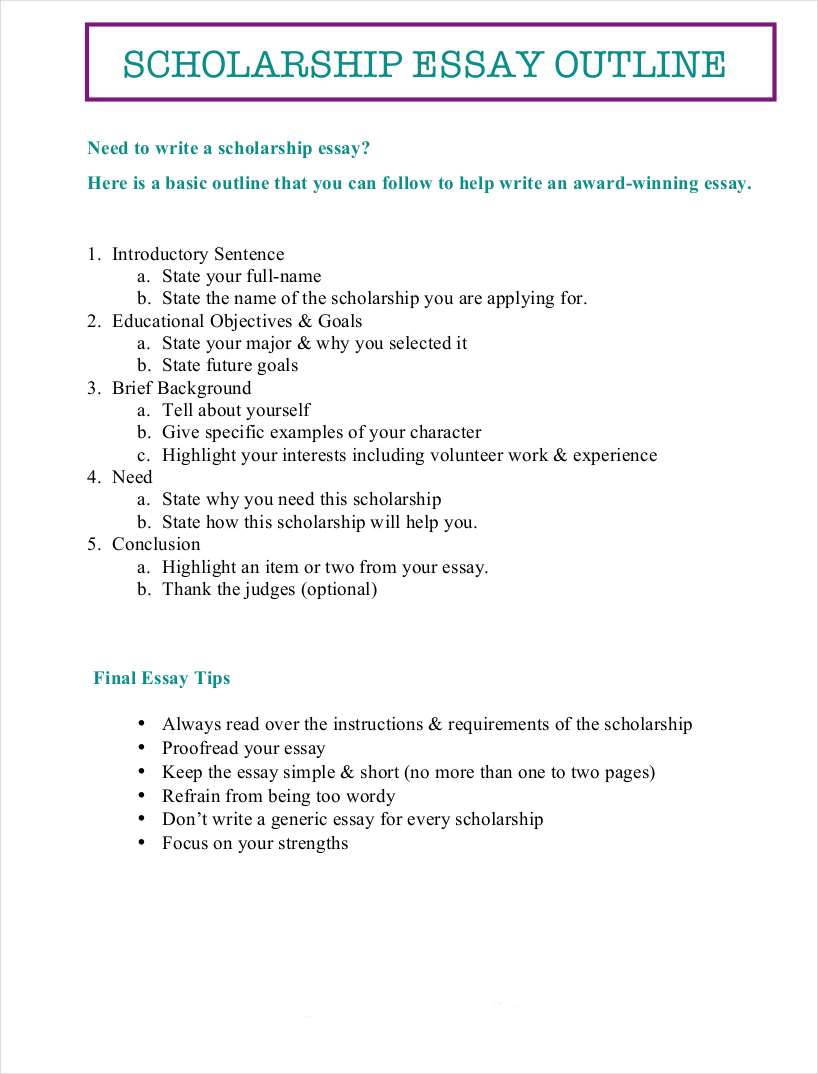Cry The Beloved Country Essay Words 6 Pages In the novel Cry, The Beloved Country, the author, Alan Paton, writes about the current struggles within South Cry, the Beloved Country Essay- Prompt History has proven that cultures rarely cooperate with one another, especially when there is a common desire or goal they wish to achieve for themselves. While conflict is natural and common to humanity, the greatest loss either side of a conflict between cultures can suffer is the impact that the 'Cry, the Beloved Country' is a powerful book for teaching about South African history, racial justice, and intergenerational change. This lesson offers some essay topics for helping students
Cry the Beloved Country Essay Examples | Bartleby
Contrast Dubula with John Kumalo. But while Kumalo enumerates grievances without suggesting realistic solutions, Dubula represents positive, pragmatic change—not to cry the beloved country essays the possibility of cooperation between whites and blacks, cry the beloved country essays. On the surface, cry the beloved country essays, Dubula and John Kumalo seem bonded by their desire to end the tyranny of whites over blacks in South Africa. The narrator notes that both men have rejected the Christian Church, which pays its white officials higher salaries than its black officials and offers only lip service to the idea that blacks deserve equal status, cry the beloved country essays.
This shared action shows that both men have a common interest in weakening institutions that reinforce the notion of black inferiority.
As the story unfolds, however, Paton makes it clear that John Kumalo primarily relies on anger and grievances to mobilize his black followers. Suspicious that tribal customs are a white tool for suppressing black independence, Kumalo flat-out rejects the entire set of customs, including the useful tribal traditions of cry the beloved country essays and family bonding. His disgusted brother notes that Kumalo has not selected new or different customs, but has instead replaced a set of flawed customs with the far more dangerous idea of no customs whatsoever.
Kumalo complains that fear rules the land, but he does not offer a plan for alleviating cry the beloved country essays fear. The ideas Kumalo advances amount to little more than harsh words and complaints, rather than constructive plans or even short-term suggestions for progress.
By contrast, Dubula stands for hope, cooperation, and a pragmatic approach to social change. Whereas Kumalo can only stew over the poor housing opportunities afforded to black citizens, Dubula initiates a Shanty Town, in which formerly crowded tenants can spread out and await the chimney pipes and iron that Dubula courageously provides.
Whereas Kumalo merely rants about the economic plight of black citizens, Dubula proposes and carries out a bus boycott to lower the fares for black passengers—a boycott that has the added effect of changing white citizens from the unified, faceless enemy that Kumalo describes into allies in the struggle for racial justice, as many whites offer car rides to blacks during the boycott, risking courtroom trials of their own.
By moving past the superficial similarities between Kumalo and Dubula, Paton implies that a spirit of pragmatism and productivity is far more effective than stirring up rage and making speeches. At first, Dubula and Kumalo seem to be one and the same in their desire for racial equality, reinforcing the notion that civil rights movements tend to involve large, unified fronts. But Kumalo quickly distinguishes himself from Dubula in his unwillingness to put aside grievances and work for tangible change.
Dubula, on the other hand, emerges as a hero, energetic and optimistic enough to drive blacks out of their cramped housing and into a makeshift Shanty Town. Looking for homework help that takes the stress out of studying? Sign up for our weekly newsletter! Search all of SparkNotes Search Suggestions Use up and down arrows to review and enter to select. Jekyll and Mr. Character List Stephen Kumalo James Jarvis Theophilus Msimangu Absalom Kumalo Arthur Jarvis.
Themes Motifs Symbols Key Facts. Important Quotes Explained Quotes By Theme Inequality Religion Family Freedom Power Quotes By Section Book I: Chapters 1—3 Book I: Chapters 4—6 Book I: Chapters 7—9 Book I: Chapters 10—12 Book I: Chapters 13—15 Book I: Chapters 16—17 Book II: Chapters 18—21 Book II: Chapters 22—24 Book II: Chapters 25—27 Book II: Chapters 28—29 Book III: Chapters 30—33 Book III: Chapters 34—36 Quotes By Character Stephen Kumalo James Jarvis Theophilus Msimangu Absalom Kumalo John Kumalo.
Popular pages: Cry, the Beloved Country. Take a Study Break.
\
, time: 33:07Cry Beloved Country - Words | Bartleby

'Cry, the Beloved Country' is a powerful book for teaching about South African history, racial justice, and intergenerational change. This lesson offers some essay topics for helping students Mar 28, · Cry The Beloved Country Essay. Alan Paton, in his novel, Cry, the Beloved Country, shows how the horrors of South African apartheid affected two individual families, one black and one white. Throughout the course of the novel, these two families overcome the chains of apartheid and learn that love and forgiveness across racial lines Cry, the Beloved Country Alan Paton. Cry, the Beloved Country literature essays are academic essays for citation. These papers were written primarily by students and provide critical analysis of Cry, the Beloved Country. Cry, the Beloved Country Material. Study Guide; Q & A; Essays; Join Now to View Premium ContentEstimated Reading Time: 2 mins

No comments:
Post a Comment